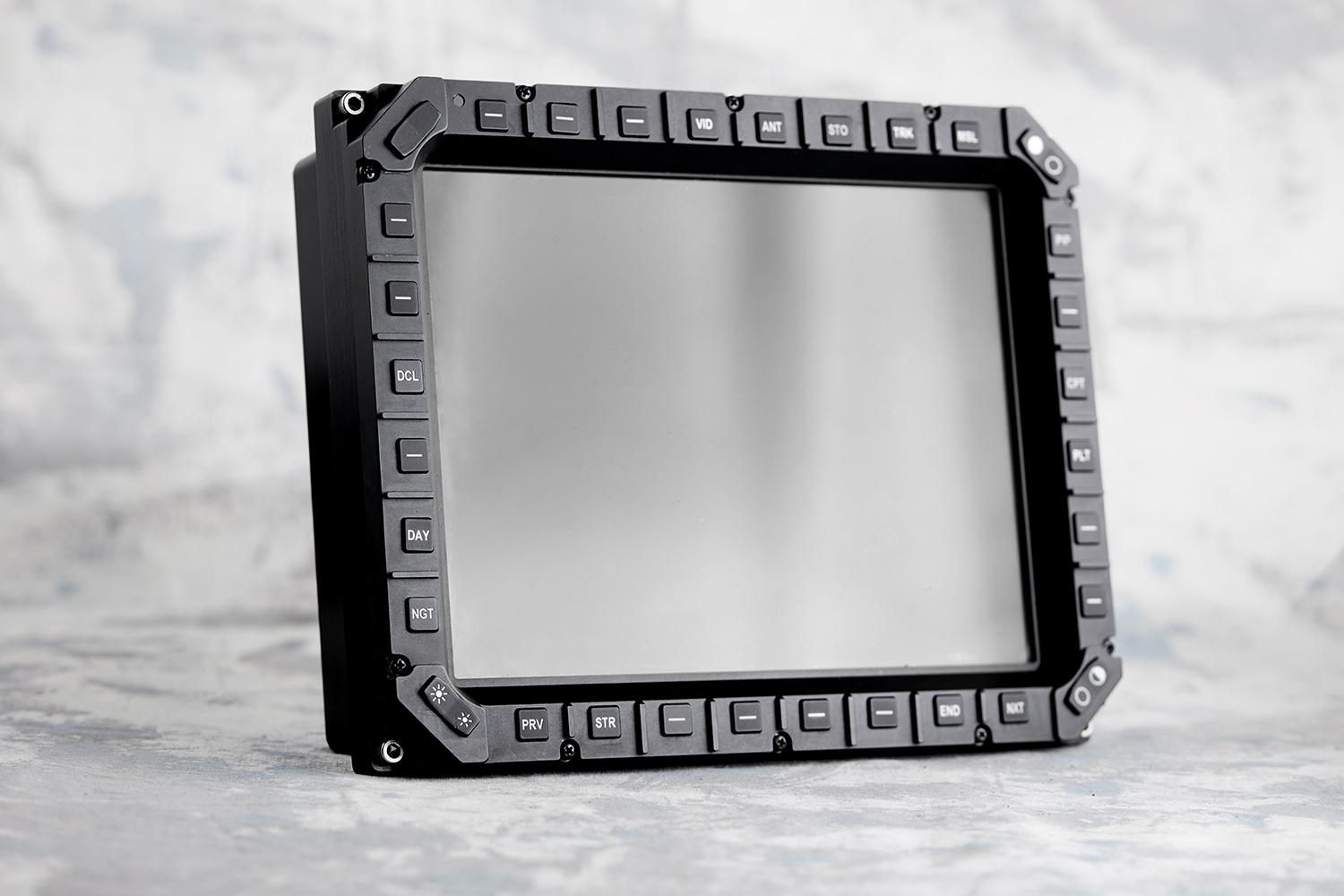Rugged HMI in Aerospace: Improving Control, Safety, and Efficiency

The aerospace industry's relentless pursuit of enhanced safety, operational efficiency, and pilot effectiveness has driven unprecedented innovation in rugged HMI (Human-Machine Interface) systems. Modern aircraft control panels represent the culmination of decades of engineering excellence, combining intuitive user interfaces with battle-tested durability to create systems that pilots can trust in the most challenging operational environments.
Rugged HMI systems in aerospace applications must satisfy competing demands: they must be sophisticated enough to manage complex aircraft systems while remaining simple enough for pilots to operate effectively under stress. This balance requires careful consideration of human factors engineering, where every button placement, display layout, and interaction paradigm is optimized for both normal operations and emergency scenarios.
The evolution of aircraft control panels from mechanical switches and analog gauges to integrated digital displays has fundamentally transformed cockpit design. Modern rugged HMI systems consolidate multiple functions into streamlined interfaces that reduce pilot workload while providing unprecedented access to aircraft systems and environmental data. This consolidation is particularly evident in glass cockpit implementations where traditional instrument clusters have been replaced by high-resolution displays showing integrated flight information.
Safety improvements through rugged HMI implementation extend beyond simple digitization. Advanced display systems can provide predictive warnings, trend analysis, and automated fault detection that helps pilots identify potential issues before they become critical. Color-coded alerts, intuitive icons, and contextual information presentation enable faster decision-making and reduce the likelihood of human error during high-stress situations.
Environmental resilience remains a fundamental requirement for aircraft control panels. These systems must operate reliably in environments characterized by extreme temperature variations, high vibration levels, electromagnetic interference, and rapid pressure changes. Military applications add additional requirements for ballistic protection, chemical resistance, and operation in electronic warfare environments where conventional electronics would fail.
The integration of touch screen technology into rugged HMI systems has created new possibilities for pilot interaction while introducing unique engineering challenges. Touch-enabled aircraft control panels must provide tactile feedback to confirm input registration, especially important when pilots are wearing gloves or operating in turbulent conditions. Multi-touch capabilities enable complex gestures that can streamline common operations like zooming map displays or selecting multiple system parameters simultaneously.
Redundancy and fault tolerance are critical aspects of rugged HMI design in aerospace applications. Primary flight displays must continue operating even when individual components fail, often requiring redundant processors, power supplies, and data connections. This redundancy extends to the human interface level, where critical functions must remain accessible through multiple pathways to ensure pilot control is never compromised.
Rugged HMI systems must also adapt to evolving operational requirements. Software-defined interfaces allow aircraft control panels to be reconfigured for different mission profiles, whether conducting commercial passenger flights, military reconnaissance missions, or emergency response operations. This flexibility reduces lifecycle costs while ensuring that display systems remain relevant throughout an aircraft's operational lifetime.
The cybersecurity implications of modern rugged HMI systems cannot be overlooked. As aircraft become increasingly connected and data-dependent, display systems must incorporate robust security measures to prevent unauthorized access or manipulation. This includes encrypted data transmission, secure boot processes, and intrusion detection capabilities that protect both the interface and the underlying aircraft systems.
Aeromaoz has developed extensive expertise in creating rugged HMI solutions that address these multifaceted requirements. Their experience with mission-critical environments ensures that aircraft control panels not only meet current operational needs but can adapt to future technological developments and regulatory requirements.
The future of rugged HMI in aerospace points toward even greater integration of artificial intelligence, predictive analytics, and augmented reality technologies. These advances promise to further enhance pilot situational awareness and decision-making capabilities while maintaining the proven reliability that makes rugged HMI systems indispensable for safe, efficient flight operations.
Read More: How Rugged Touchscreen Displays Enhance Mission-Critical Operations






